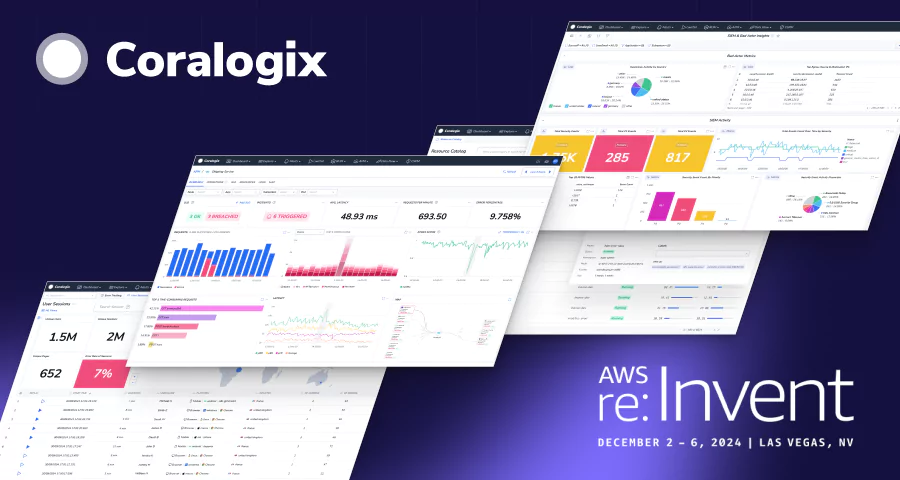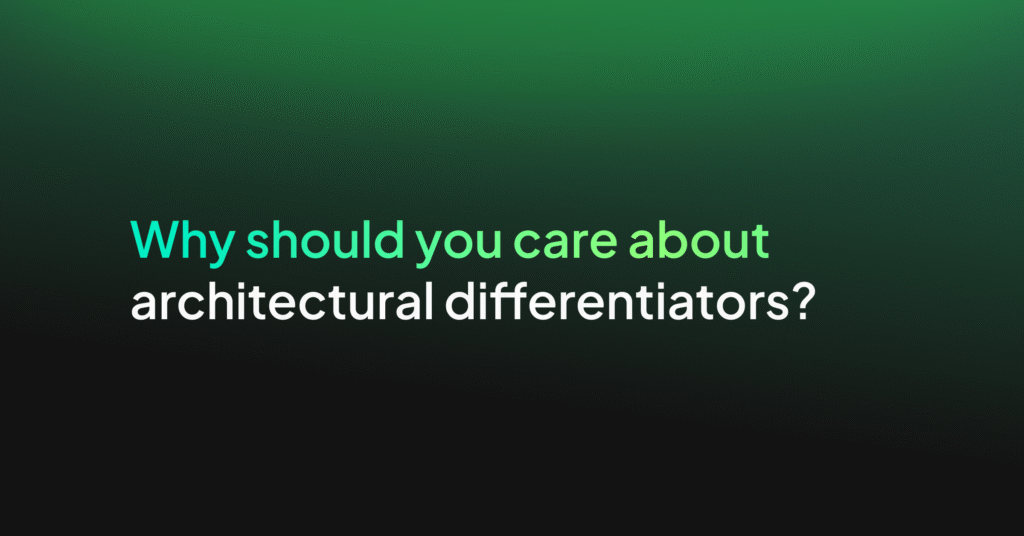Coralogix’s Streama Technology: The Ultimate Party Bouncer

Coralogix is not just another monitoring or observability platform. We’re using our unique Streama technology to analyze data without needing to index it so teams can get deeper insights and long-term trend analysis without relying on expensive storage.
So you’re thinking to yourself, “that’s great, but what does that mean, and how does it help me?” To better understand how Streama improves monitoring and troubleshooting capabilities, let’s have some fun and explore it through an analogy that includes a party, the police, and a murder!
Grab your notebook and pen, and get ready to take notes.
Not just another party
Imagine that your event and metric data are people, and the system you use to store that data is a party. To ensure that everyone is happy and stays safe, you need a system to monitor who’s going in, help you investigate, and remediate any dangerous situations that may come up.
For your event data, that would be some kind of log monitoring platform. For the party, that would be our bouncer.
Now, most bouncers (and observability tools) are concerned primarily with volume. They’re doing simple ticket checks at the door, counting people as they come in, and blocking anyone under age from entering.
As the party gets more lively, people continue coming in and out, and everyone’s having a great time. But imagine what happens if, all of a sudden, the police show up and announce there’s been a murder. Well, shit, there goes your night! Don’t worry, stay calm – the bouncer is here to help investigate.
They’ve seen every person who has entered the room and can help the police, right?
Why can’t typical bouncers keep up?
Nothing ever goes as it should, this much we know. Crimes are committed, and applications have bugs. The key, then, is how we respond when something goes wrong and what information we have at our disposal to investigate.
Suppose a typical bouncer is monitoring our party, and they’re just counting people as they come in and doing a simple ID check to make sure they’re old enough to enter. In that case, the investigation process starts only once the police show up. At this point, readily-available information is sparse. You have all of these people inside, but you don’t have a good idea of who they are.
This is the biggest downfall of traditional monitoring tools. All data is collected in the same way, as though it carries the same potential value, and then investigating anything within the data set is expensive.
The police may know that the suspect is wearing a black hat, but they still need to go in and start manually searching for anyone matching that description. It takes a lot of time and can only be done using the people (i.e., data) still in the party (i.e., data store).
Without a good way to analyze the characteristics of people as they’re going in and out, our everyday bouncer will have to go inside and count everyone wearing a black hat one by one. As we can all guess, this will take an immense amount of time and resources to get the job done. Plus, if the suspect has already left, it’s almost like they were never there.
What if the police come back to the bouncer with more information about the suspect? It turns out that in addition to the black hat, they’re also wearing green shoes. With this new information, this bouncer has to go back into the party and count all the people with black hats AND green shoes. It will take him just as long, if not longer, to count all of those people again.
What makes Streama the ultimate bouncer?
Luckily, Streama is the ultimate bouncer and uses some cool tech to solve this problem.
Basically, Streama technology differentiates Coralogix from the rest of the bunch because it’s a bouncer that can comprehensively analyze the people as they go into the party. For the sake of our analogy, let’s say this bouncer has Streama “glasses,” which allow him to analyze and store details about each person as they come in.
Then, when the police approach the bouncer and ask for help, he can already provide some information about the people at the party without needing to physically go inside and start looking around.
If the police tell the bouncer they know the murderer had on a black hat, he can already tell them that X number of people wearing a black hat went into the party. Even better, he can tell them that without those people needing to be inside still! If the police come again with more information, the bouncer can again give them the information they need quite easily.
In some cases, the bouncer won’t have the exact information needed by the police. That’s fine, they can still go inside to investigate further if required. By monitoring the people as they go in, though, the bouncer and the police can save a significant amount of time, money, and resources in most situations.
Additional benefits of Streama
Since you are getting the information about the data as it’s ingested, it doesn’t have to be kept in expensive hot storage just in case it’s needed someday. With Coralogix, you can choose to only send critical data to hot storage (and with a shorter retention period) since you get the insights you need in real-time and can always query data directly from your archive.
There are many more benefits to monitoring data in-stream aside from the incredible cost savings. However, that is a big one.
Data enrichment, dynamic alerting, metric generation from log data, data clustering, and anomaly detection occur without depending on hot storage. This gives better insights at a fraction of the cost and enables better performance and scaling capabilities.
Whether you’re monitoring an application or throwing a huge party, you definitely want to make sure Coralogix is on your list!




